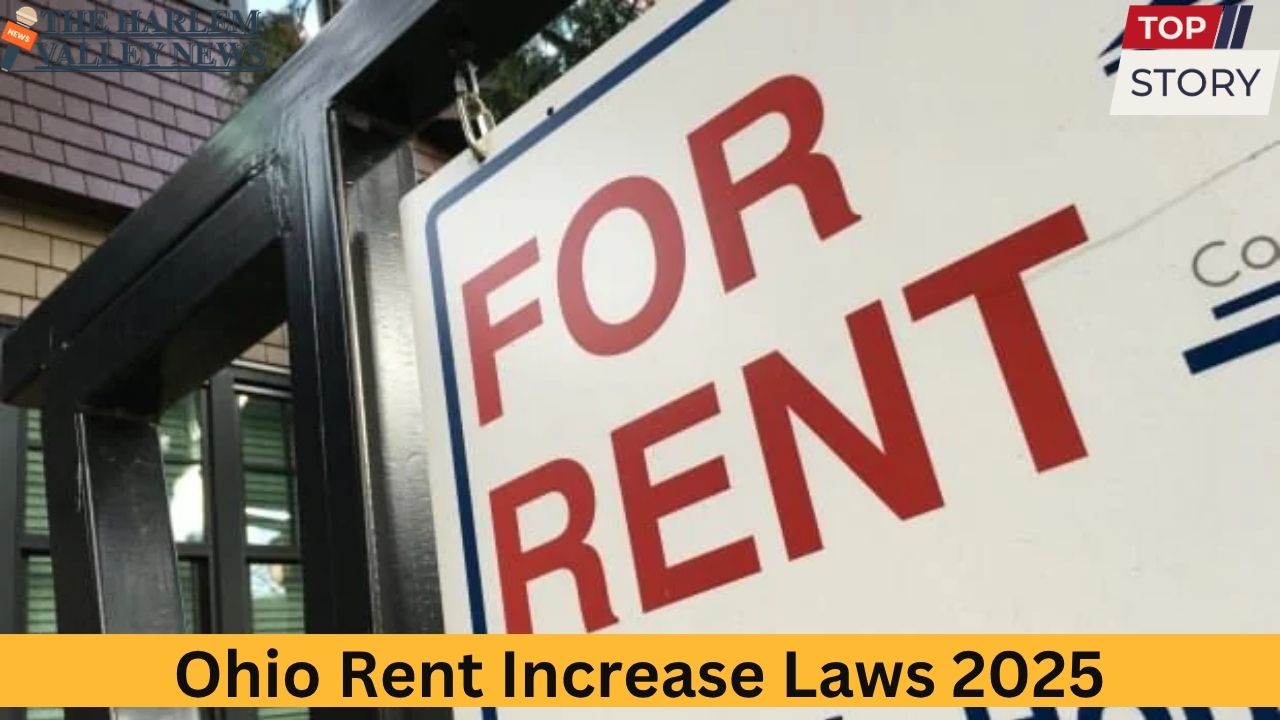California is often imagined as a land of opportunity and prosperity—a state known for its booming technology hubs, scenic beauty, and thriving economy. However, beneath this glamorous image lies a stark economic reality faced by many of its residents. Despite being the fifth-largest economy in the world, California grapples with persistent and widespread poverty, concentrated in certain towns and regions. Among these, one town has recently been identified as the poorest in California, shedding light on the deep inequalities that exist even in one of the wealthiest states.
Introduction: California’s Hidden Economic Divide
California is renowned for its economic powerhouses such as Silicon Valley, Los Angeles, and San Francisco, which boast median household incomes well above the national average. Yet, the state has a poverty rate that remains alarmingly high at almost 19% as of 2023, with around 7.3 million residents unable to meet their basic needs. This includes difficulties affording housing, healthcare, food, and other essentials. The contrast between rich and poor in California is stark, with the top 1% of households earning on average over $1.2 million annually, while many families earn less than half the state’s median household income.
The Poorest Town in California: Thermal
Thermal, California, officially holds the title of the poorest town in the state. With a small population of just under 1,200 residents, Thermal faces acute economic challenges. The median household income in Thermal is a mere $14,500 per year, drastically lower than California’s median household income of approximately $84,000. Approximately 20.6% of households in the town rely on government assistance to manage their daily expenses.
Thermal’s poverty is rooted in several factors, including limited local employment opportunities, low wages, and a high cost of living that makes it difficult for families to cover even basic expenses. Many residents work in sectors such as agriculture and service, where jobs are often seasonal, low-paying, and lack benefits.
Key Statistics Highlighting Thermal’s Economic Struggles:
-
Population: About 1,198 people
-
Median Household Income: $14,500 annually
-
Percentage of Households Receiving Government Aid: 20.6%
-
Poverty Rate: Among the highest in the state, with a significant portion of the population below the poverty line
Broader Context: Poverty Across California Towns
Thermal’s plight is part of a larger pattern affecting many communities in California’s Central Valley and other economically disadvantaged regions. Other towns with high poverty rates include Huron (41.3% poverty rate), Firebaugh (33.1%), Orange Cove (44.9%), Mendota (38.5%), and Arvin, another city suffering from a nearly 40% poverty rate. Median incomes in these towns are often less than half the state average, and unemployment rates are considerably higher than statewide averages.
Causes of Poverty in These Areas
Several intertwined factors contribute to this cycle of poverty across California’s poorest towns:
-
High Cost of Living: Even in these lower-income towns, the cost of essentials—especially housing—remains high. Rental prices average over $2,400 per month statewide, much higher than national averages. Housing burdens push families into difficult financial decisions.
-
Limited Job Opportunities: Many of these towns lack diverse employment options. The local economies often depend heavily on agriculture or low-wage service industries.
-
Educational Barriers: Limited access to quality education and training constrains residents’ ability to secure higher-paying jobs.
-
Healthcare Access: Poor health outcomes and limited access to affordable healthcare exacerbate financial instability.
-
Systemic Inequality: Racial and economic disparities persist, with Latinx and Black households disproportionately represented in lower-income brackets.
Impact on Families and Communities
The effects of poverty in these towns are far-reaching. Many families live paycheck to paycheck, struggling to afford nutritious food, stable housing, and healthcare. Children growing up in these environments face challenges that can affect educational performance and long-term opportunities. Additionally, poverty contributes to higher rates of homelessness, food insecurity, and crime within these communities.
Efforts to Address Poverty in California’s Poorest Areas
State and local governments, along with nonprofit organizations, are working to reduce poverty in these areas through various initiatives:
-
Expanding affordable housing stock to alleviate the housing crisis
-
Enhancing access to education and vocational training programs
-
Increasing availability of health and social services
-
Advocating for stronger labor protections and living wages
-
Investment in infrastructure and economic development to attract jobs
Federal programs like the Child Tax Credit and the Earned Income Tax Credit have also made a positive impact in lifting families out of poverty when fully funded.
Conclusion: A Call for Continued Action
Thermal’s status as the poorest town in California highlights the pressing need to confront the economic disparities that affect millions across the state. While California’s economic engine powers on, places like Thermal remind us that prosperity is unevenly distributed. Addressing this divide requires sustained, comprehensive efforts from policymakers, community leaders, and residents to create economic opportunities, affordable living, and a better quality of life for all Californians.
This detailed look at Thermal and other struggling California towns illustrates the human side behind poverty statistics, showcasing communities resilient in the face of economic adversity yet in need of greater support to thrive.













Leave a Reply